Are you looking for a great egg-layer? Then an ISA brown chicken could be a great addition to your farm. Before you procure one, here’s everything you need to know about the ISA Brown Chicken.
Origin
The ISA Brown Chicken was first created by man in 1978. Bred in France, this hybrid chicken was created specifically for its egg-laying capabilities. Although its genetic history is still a mystery, some believe that its heritage involves the Rhode Island Red, a few white breeds, and the White Leghorns.
Because the ISA Brown Chicken is a hybrid, it doesn’t necessarily have a standard for perfection in terms of its posture and color. However, you are still able to show it in poultry shows if you desire.
It just won’t be accepted in the more prestigious shows because of its hybrid nature. You also can’t pass the ISA Brown Chicken off as anything else. It’s considered to be copyrighted. This also means you can’t pose another chicken as an ISA when taking it to a poultry show.
Appearance
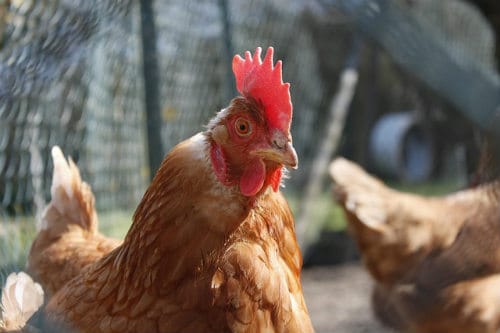
The ISA Brown Chicken strikes a strong resemblance to the Rhode Island Red. They’re both darker-shaded chickens. However, the ISA Brown Chicken has slightly lighter feathers than the Rhode Island Red.
They’re considered a medium-sized bird and have a rectangular-shaped body with a slight dip in their back. The tail of the ISA is held upright and can sometimes contain white feathers.
Their eyes are typically either yellow or a bay red.
They also typically weigh around five pounds.
[amazon bestseller=”chicken food”]
Breeding
If you want to breed your ISA Brown Chickens, then you may find you have a few difficulties. Because of their hybrid nature, they don’t breed true. Their offspring are often weaker in color and function than their parents.
The offspring tend to also have a higher chance of developing kidney problems. It is easy to determine the sex of the chicks, however, because ISAs are a sex-linked chicken. This means that when they reproduce, the white chicks will always be boys, and the girls will always be tan.
However, because these aren’t the healthiest of chicks, it’s best that you don’t breed them yourself unless you’re a professional. If you want to breed your ISA Brown Chickens, then you should have an experienced breeder do it for you.
Behavior
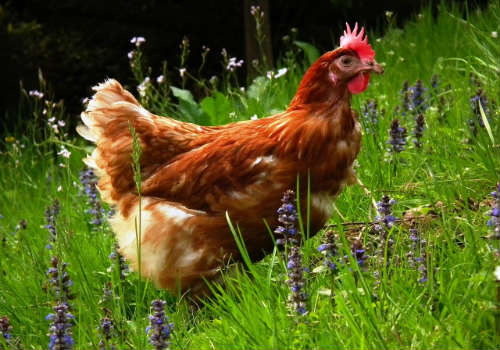
For families who have children, you may be a little anxious about bringing certain kinds of chickens home. Not all of them are friendly. They can go after young children and peck their hands. The ISA Brown Chicken is actually quite affectionate.
They’re very mild-mannered and make for great chickens for families with smaller children. While accidents will always happen, you’ll experience fewer problems with an ISA Brown Chicken. They typically bond with their owners and have been known to express affection towards them.
If you’re a first-time chicken owner, then you can benefit from choosing an ISA Brown Chicken as your first chicken. They’re great for first-time chicken owners exactly because they’re relatively good-natured and easy to care for. They’re also not flighty around young children.
If anything, they typically come quickly to their owners for food and to be pet. They’re considered to be extremely docile and also do well in the winter. While you should still be mindful of how long your hens are outside in the cold, you’ll find that the ISA Brown Chicken has an easier time than others in winter.
These chickens are also relatively quiet compared to other breeds. That makes them great backyard chickens for individuals who live close to neighbors.
It’s not uncommon for this type of chicken to hop right into your lap to be pet and cuddled. Many of them enjoy being lifted up and cuddled.
They also do well with confinement, but they do like to be outside foraging for bugs and other snacks. So, if you have a tight space to hold them, they should still hold up quite well. You just need to ensure that you also offer them some patch of yard that allows them to roam.
Purpose
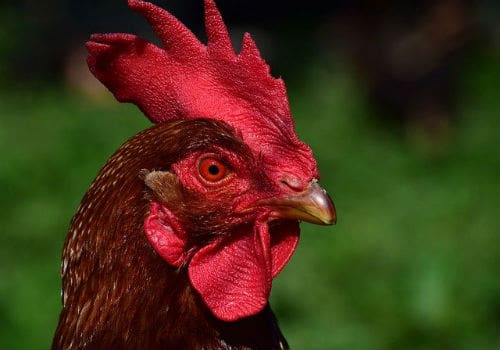
The main reason that you need an ISA Brown Chicken is its ability to lay a lot of eggs. They can lay anywhere from 300 to 350 eggs in a single year. The egg type is a delicious brown egg that’s rich in nutrients and protein.
Whether you want to have eggs for your own family or to sell, you’ll have a large production after procuring a few ISA Brown Chickens. They’re known for producing lots of eggs in a short amount of time.
[amazon bestseller=”chicken egg scale”]
Maintenace
Taking care of ISA Brown Chickens is relatively easy. They don’t require a lot of maintenance outside of feeding and watering them. Sometimes, you may need to add supplemental protein to their feed. This is because ISA Brown Chickens tend to convert protein that they receive from their feed to their eggs.
As a result, they don’t have any protein leftover for themselves. To keep their feathers healthy, you may need to add some additional protein to their feed every now and then. Outside of that, however, the chickens are typically easy to care for.
Maturation
Another great feature of ISA Brown Chickens is its quick maturation rate. They start laying anywhere from 16 to 22 weeks of age. This is opposed to many other breeds that typically start laying eggs around 24 weeks. So, if you want eggs quickly, then an ISA Brown Chicken is the one to choose from.
Health Problems
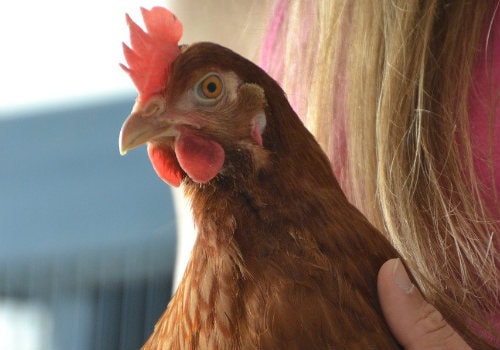
Like most animals, even ISA Brown Chickens can suffer from health problems. Much of this is due to their purpose. Because they’re designed to lay a lot of eggs and quickly, this has an impact on their health. They tend to become ill and have health problems after two years of age.
Because ISA Brown Chickens are used primarily in the commercial world, most of those operators cull the chickens after they reach two years of age. While most are unfortunately sent to slaughter, others are available for rescue. Those chickens can be sent to small-time farmers or even individuals who just want a chicken.
Because they don’t need to produce as many eggs, their lifespans can sometimes be extended. While they won’t lay as many, the eggs they do lay will be just as tasty as those they laid when they were at their most healthy.
Some of the most common kinds of ailments that may develop in your chicken have to do with their reproduction system. This is because that system is being overworked to produce many eggs in a short amount of time.
Prolapse, tumors, and cancers can all occur. However, you can stave these conditions off by not overworking your chickens and allowing them to lay naturally rather than forcing them to lay.
Sometimes, they can also suffer from kidney problems.
[amazon bestseller=”vitamins for chickens”]
Is Buying an ISA Brown Chicken Right For You?
If you want to try your hand at raising chickens, then the ISA Brown Chicken could be a great option. They’re docile, friendly, and require very little care to keep them healthy.
While they only typically live for two years, you can sometimes extend their lifespan to five or six years if you give them good care.
These chickens are a great choice for those with families or with a small backyard. They don’t require a lot of space and are typically quite content with smaller quarters. As long as they have plenty of access to their feeds and the ability to roam a bit and forage, they’ll be happy.
They’re also great for families that want a lot of eggs. These chickens will likely produce more than you could ever need if you have a small family. Yet that allows you to potentially sell the eggs for a small profit.


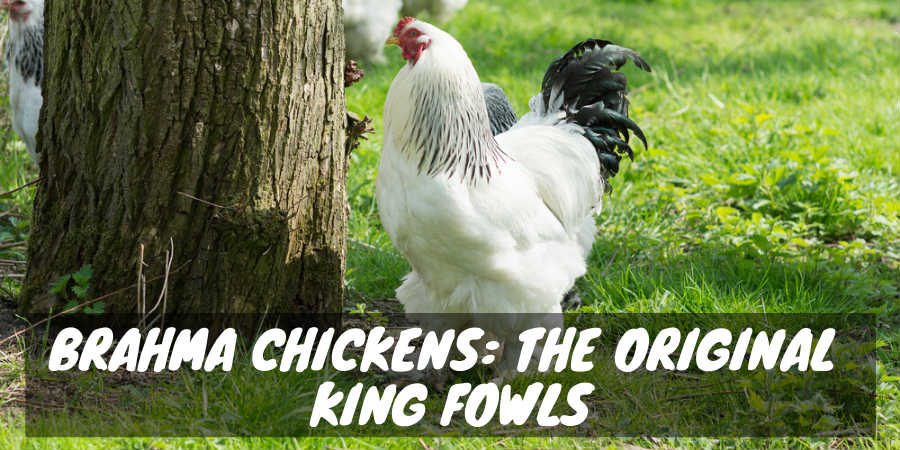
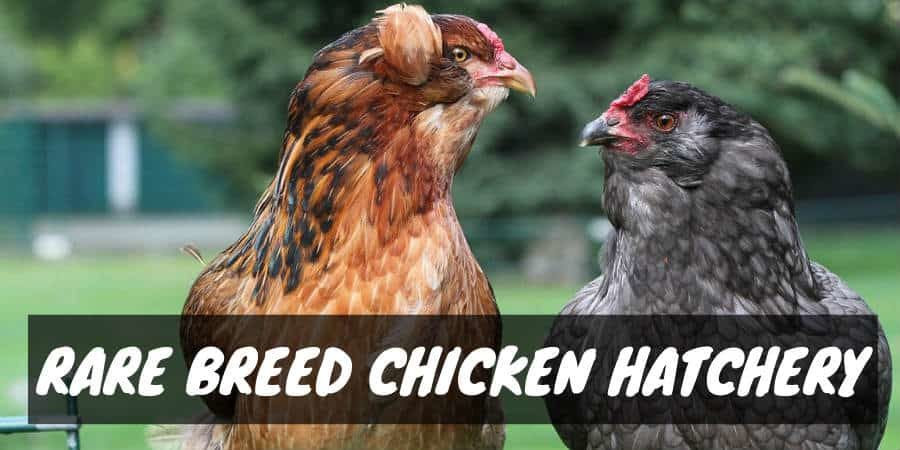
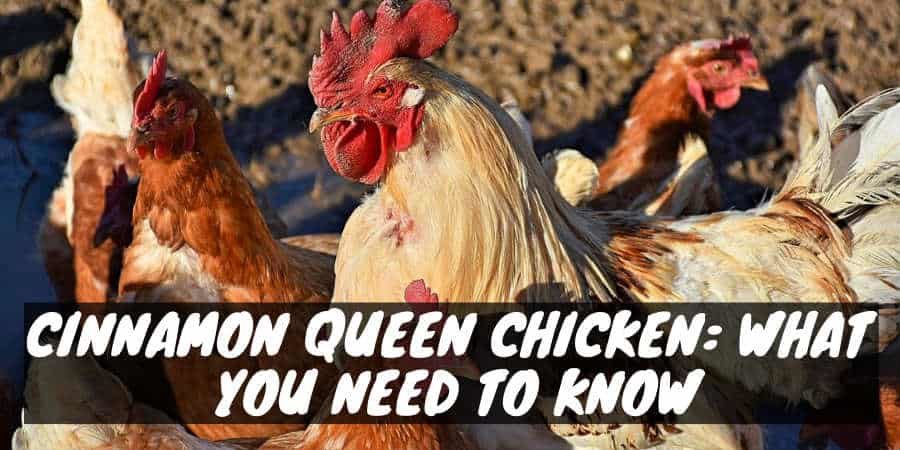
I just got 3 ISA brown chickens and this was very helpful! One of our chickens is two and a half and the others are one and a half. 🙂
I added 8 isas the first week of April & was looking as to when they began to lay so i know when to open their nesting boxes & switch their feed. The rest of the internet tells me they don’t start until 22-24w but that didn’t seem right. They are free ranged so have already intergated themselves in with my older EE but still have seperate coops so I can keep feeds seperated. I’m not sure yet if I will move them to the main coop or just allow them to stay in the secondary coop until the first molt. They have everything they need in the secondary coop, including newly added nesting boxes that are still closed off, but they have significantly less room. Since they free range I never did add a run to the 2nd coop. The main coop does have a small run though, although again, no one is ever confined to it. The run in the primary coop is partially covered bc I thought that may be helpful so the chickens could get out in the winter when we have a large amount of snow but our winter last year, my first winter with chooks, was extremely mild for us and we never had any significant amounts of snow so I am unsure how helpful it is anyways. I suppose I’m rambling. I like to talk about my girls (& one boy) can you tell?
Hi 🙂
I started five years ago with 6 Isa Brown Hens ( the Charlottes )
Sadly I lost 3 over the past year at the round about age of 4. My remaining 3 are now a little over the 5 years old and still lay eggs from time to time 🙂
The sweetest chickens we have in our coop!!